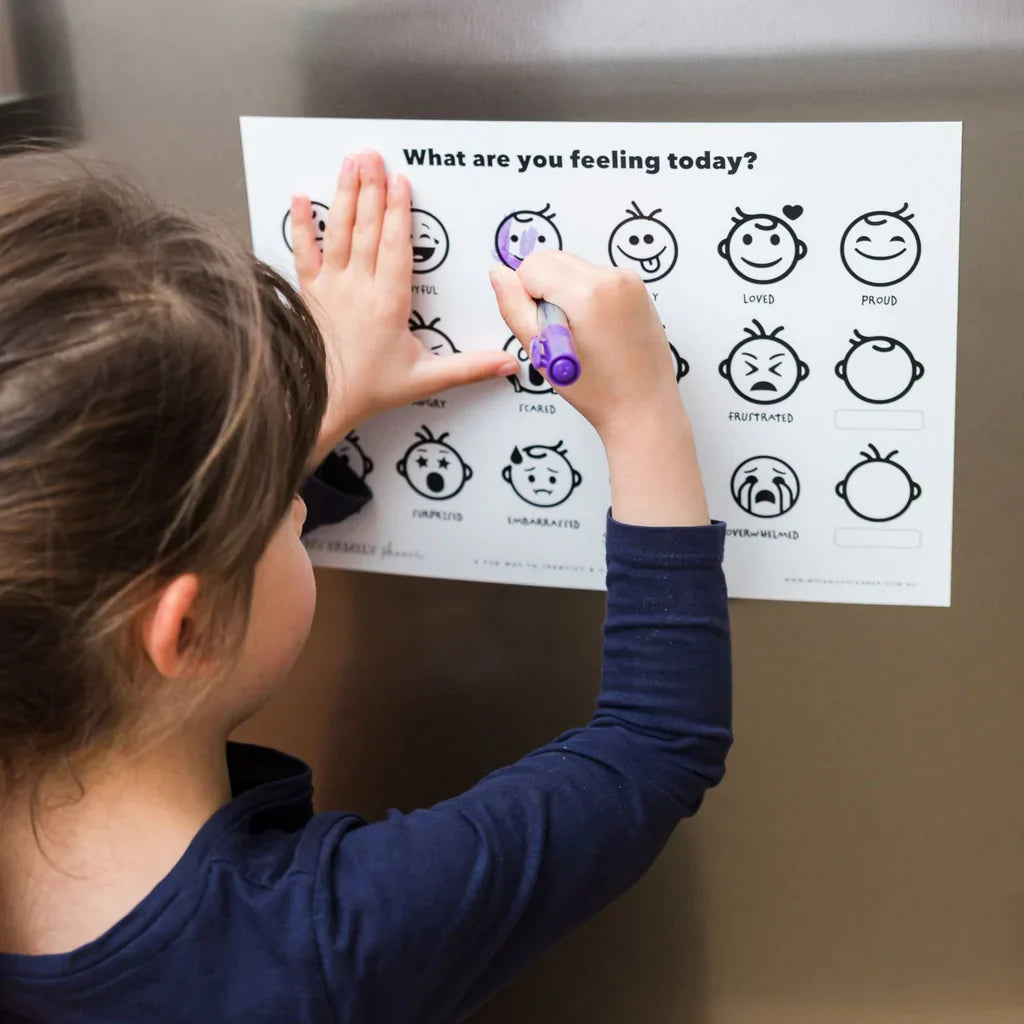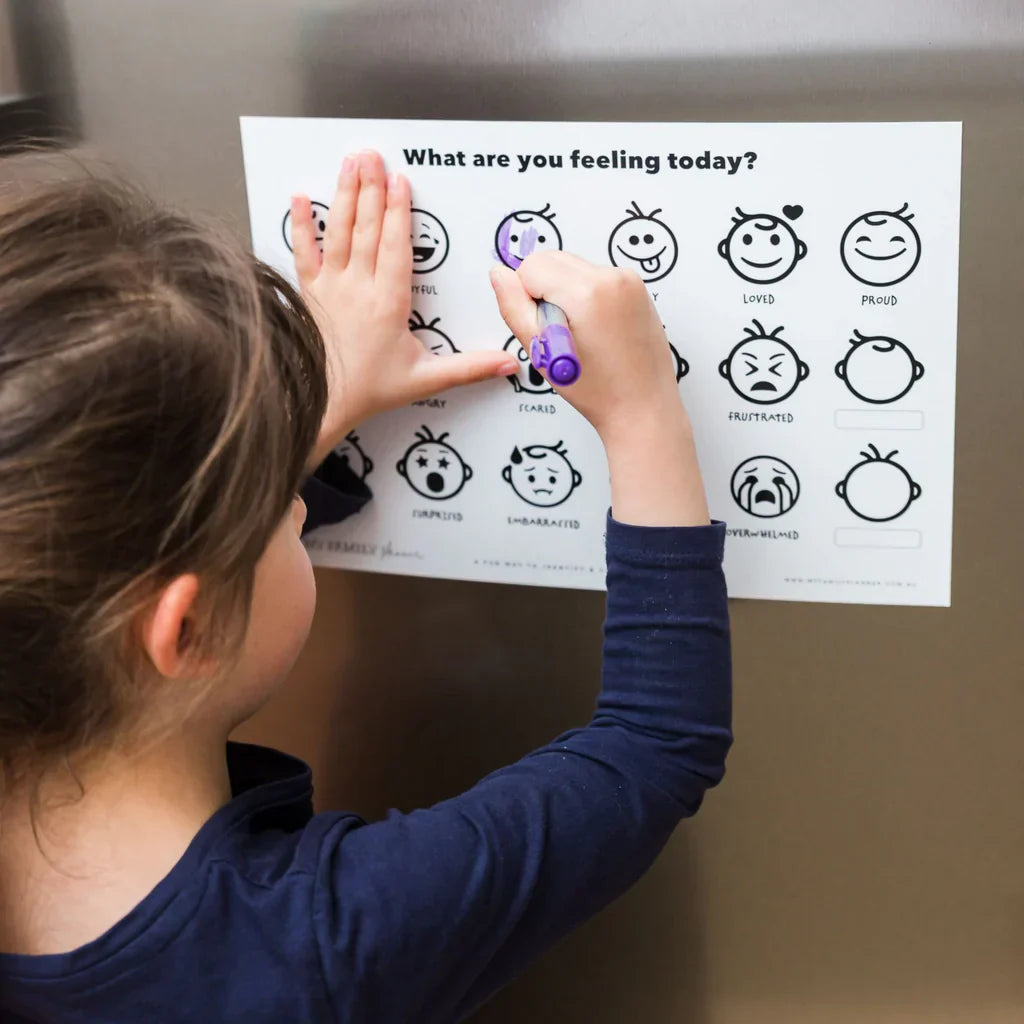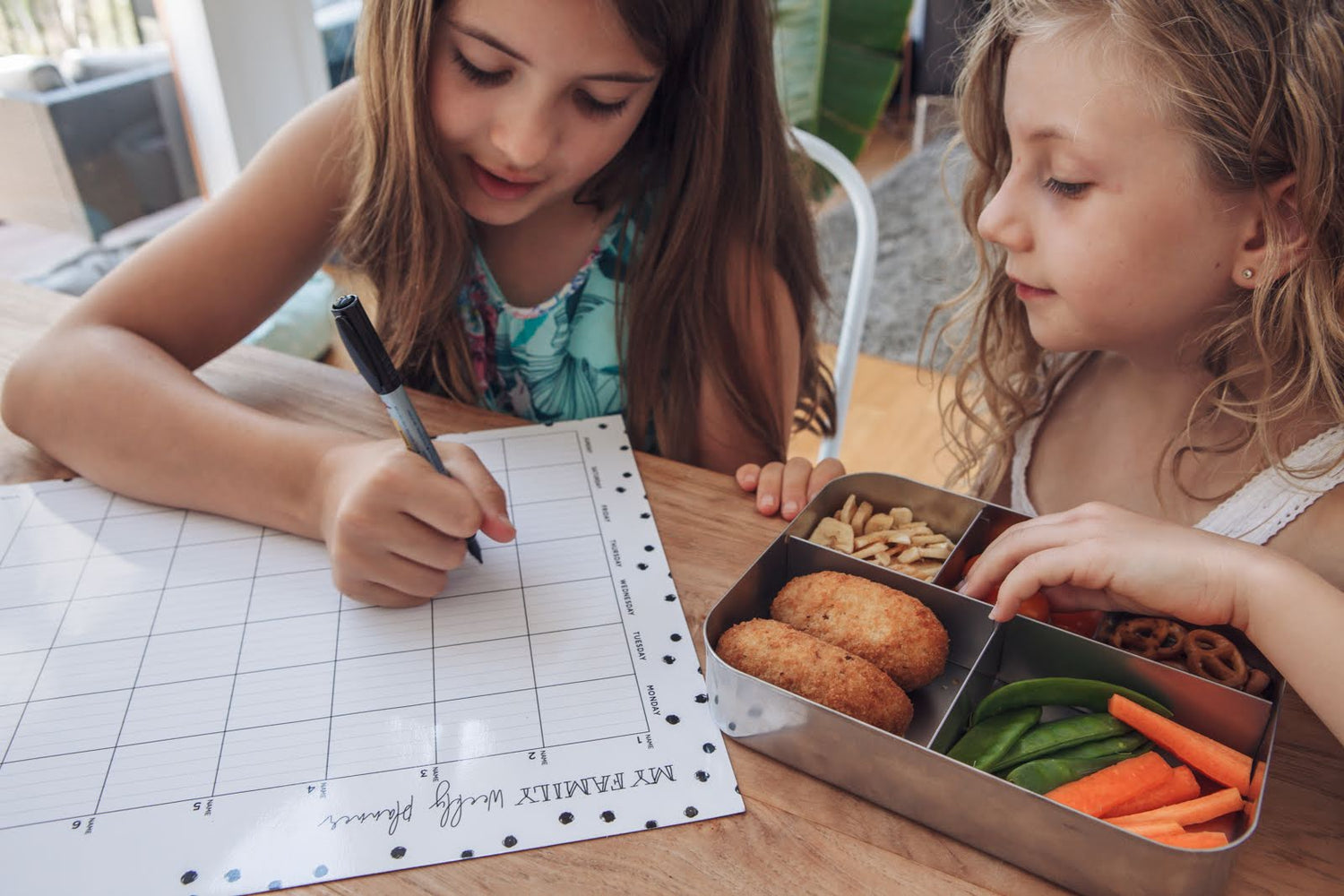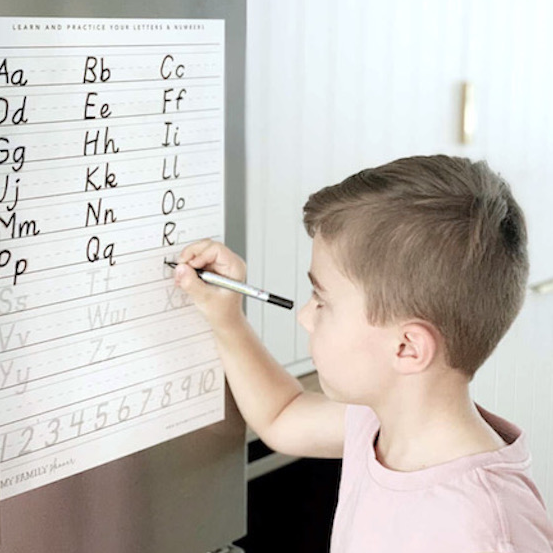When life feels busy and unpredictable, a little structure can make a world of difference - especially for families supporting loved ones with additional needs. Under the NDIS, building independence isn’t just about goals and services, it’s also about the small daily systems that help life run smoothly. And let's face it, no matter who we are, we all need less bumps in day-to-day life.
Here are five practical ways to use simple organisational tools to make everyday life easier, calmer, and more empowering.
1. Start with visual structure
Many NDIS participants, especially children, respond well to clear visual cues. Using magnetic planners, daily charts or picture-based schedules on the fridge can help everyone see what’s coming next. Visual tools create predictability, reduce anxiety, and build confidence in managing routines.
2. Break tasks into steps
Complex tasks can feel overwhelming. Try breaking them down into smaller, visible steps- such as “brush teeth”, “get dressed”, “pack bag”. Crossing off each step offers a sense of progress and independence.
3. Build routine through repetition
Consistency is key. Displaying weekly routines or therapy sessions in the same place helps create a rhythm to the week. Over time, these tools shift the responsibility from parent to child, promoting independence in a gentle way.
4. Encourage ownership
Let your loved one help update the planner. Writing appointments or adding stickers gives them a sense of control and ownership. It’s not just about staying organised, it’s about self-expression and personal growth.
5. Celebrate small wins
Organisation isn’t about perfection. It’s about progress. Acknowledging small steps - a daily routine followed smoothly, or a new routine remembered, builds confidence and reinforces positive habits.
With the right tools and a little consistency, organisation can become a form of empowerment. It helps families move from chaos to calm and gives participants the independence and structure to thrive at their own pace.





